Peanut oil is light vegetable oil, which after treatment retains the flavor and taste of peanuts. Peanut oil is as popular in Asian cuisine as olive oil in the Mediterranean. Has a high smoking point.
There are two main types of peanut oil - refined and unrefined. For the preparation of unrefined oil are used fresh peanuts which are compacted by a special technology. It is poorly filtered and contains a small percentage of protein components.
Refined peanut oil is prepared by chemical extraction of dried or roasted nuts. It is filtered repeatedly, with the result that all protein residues are cleared.
Composition of peanut oil
The major fatty acids of peanut oil are oleic acid - 47%; linoleic acid - 33.4%; and palmitic acid - 10%.
The oil contains behenic acid, stearic acid, arachidonic acid, lignoceric acid and the like. Excellent source of vitamin E and phytosterols.
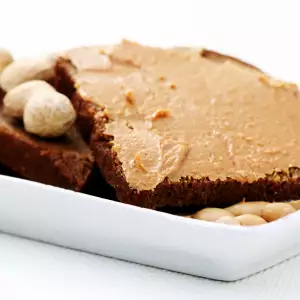
Selection and storage of peanut oil
If a few years ago the local market choice of vegetable fat was limited to sunflower oil, today it is not. Stores have a wide selection and one of the best ones is peanut oil. It has not yet become widespread, but is found in a number of stores.
Its price is very low, but its flavor and benefits should not be underestimated. The price of cold pressed peanut oil is even higher. When buying peanut oil, read the manufacturer label and expiration date.
Unopened peanut oil may persist for one to two years. Once opened, peanut oil must be used within six months. Store in a dry, dark place, away from direct sunlight.
Peanut oil in cooking
As mentioned, peanut oil is highly prized in Asian cuisine. When you start cooking with oil, you should be aware of whether or not it is refined.
If the peanut oil is not refined, its point of burniung is 320°F (160 °C), which means that it is not good for frying. Unrefined peanut oil is suitable to flavor salads, giving them incredible flavor.
Refined peanut oil has a burning point of 450°F (230 °C), which makes it perfectly suitable for frying. These burnout temperature of an oil is important to know, for it to be used correctly. When burning, any oil’s taste qualities are lost.
Peanut oil imparts distinctive Asian flavor to baking, steaming and frying. Extremely suitable for frying in a wok because it heats up quickly. Reaches very high temperatures, and keeps food crispy on the outside and inside - juicy.
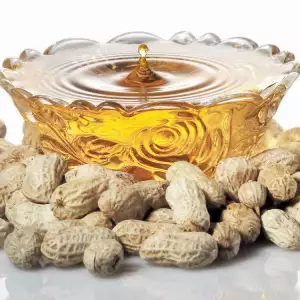
Peanut oil does not absorb the flavor of other foods. Therefore, you can simultaneously prepare various products, and each of them will maintain its taste. Peanut oil is widely used in Asian restaurants for years, because the taste and quality are really great.
Peanut oil used for frying can be stored and used again. Should be stored in an airtight container in a cool, dark place - best in a refrigerator.
Benefits of peanut oil
Peanut oil is one of the most beneficial cooking fats. This vegetable oil contains natural trans fats, has low- cholesterol and is low in saturated fat.
Antioxidants in this oil are useful for the heart.
Peanut oil is a perfect choice for healthy frying because it can be heated to very high temperatures.
The low fat content in peanut oil makes it comply with dietary regimes. On the other hand, peanut oil can improve insulin sensitivity, which makes it suitable to use in diabetes.
Dangers of peanut oil
Indeed peanut oil can be compared with olive oil in monounsaturated fatty acids, but unfortunately allergies to nuts hang like a dark shadow of this otherwise useful product.
Allergy is found to a protein which is insoluble in the oil. This means that the likelihood of an allergic reaction to refined peanut oil is minimal. However, crude peanut oil represents a significant risk for people with allergies to nuts.
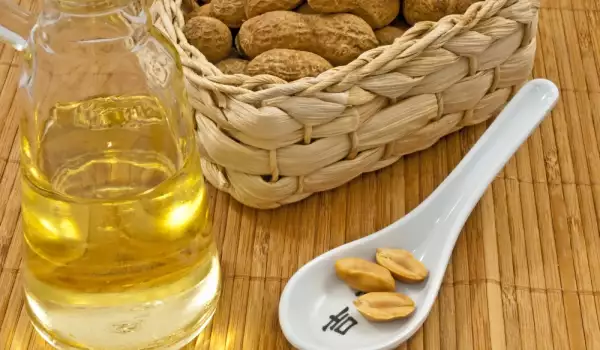



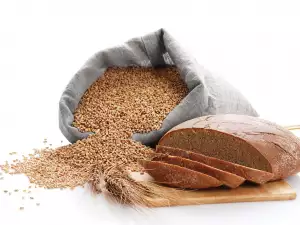


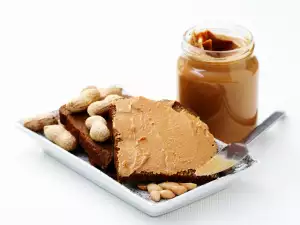

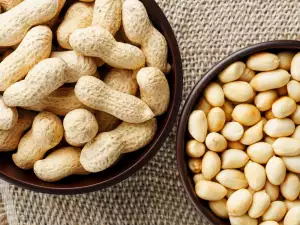

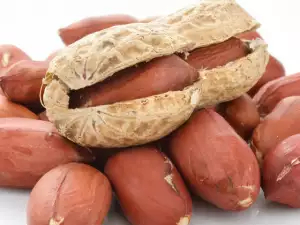








Comments